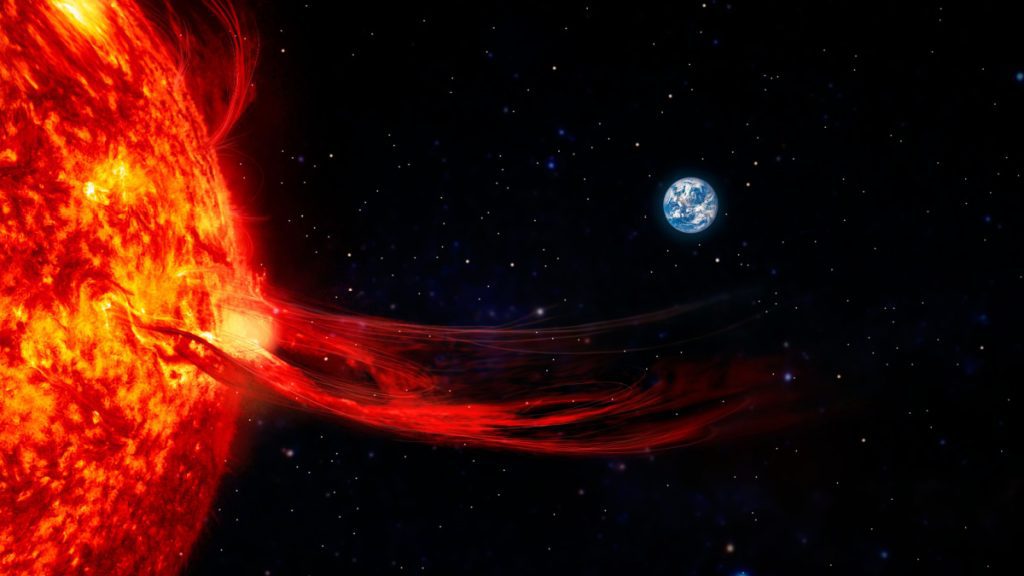
The International Thermonuclear Experimental Reactor (ITER) is a global effort to create fusion energy to fix the climate issue.
- Fusion energy has the potential to address global energy insecurities, power industries, and contribute to clean energy goals.
- Economic and technical challenges may hinder the project’s effectiveness.
Scientists have been trying to create energy like the nuclear fusion in the sun for decades. Nuclear fusion reactions are not the same as nuclear fission reactions. The former combines two light atoms into a heavier one, while the latter splits an atom into two lighter ones. As a result, nuclear fusion reactions create far more energy, nearly four times as much.
We’ve been using nuclear fission for almost 80 years now, ever since the U.S. dropped the atomic bomb on Hiroshima during World War II. However, we have yet to achieve a sustained, controlled, and economically viable application of nuclear fusion. Not for lack of trying.
Our most promising one to date is the International Thermonuclear Experimental Reactor (ITER). In 2006, China, the European Union, India, Japan, Russia, South Korea, and the United States formally agreed to fund this nuclear fusion project.
Even though they began building it in 2010, the project is still under construction as it has faced several setbacks. Those include the increasing cost of ITER’s raw materials, the COVID-19 pandemic, and technical challenges.
ITER is what is known as a tokamak. It uses a powerful magnetic field to confine a hot, swirling plasma (atoms that have been stripped of their electrons) inside a donut-shaped vacuum chamber. The machine heats the plasma to extremely high temperatures (over 150 million degrees Celsius), so these fusion reactions can occur and create energy.
The motivation behind ITER is to demonstrate the feasibility of nuclear fusion as a viable and sustainable source of energy. For that to happen, the energy created must exceed the energy needed to keep the reaction going.
If this fusion project proves successful, they will be creating energy similar to that of the sun but on a much smaller scale. Regardless, it would be a tremendous leap in clean energy.
The energy produced by fusion reactions would be enough to power several cities and industries. It could solve energy insecurities worldwide in both developed countries that rely heavily on factories and underdeveloped countries that struggle with electricity.
Like every other energy source, ITER does produce waste. But unlike standard nuclear power plants, this fusion project doesn’t produce high-activity, long-lived nuclear waste. The majority of the waste is helium, an inert and harmless gas. In turn, it reduces the risk of nuclear proliferation, as it is not as conducive to weapons production as fission reactions.
Considering that the project has a target date of 2035, it will be just in time to meet the ambitious sustainability goals for that timeframe. Many countries and companies have sworn to capture or offset all the emissions they produce. With what the ITER could be capable of, we could comfortably achieve net-zero emissions. Imagine if Chinese factories, which make up 28.45% of the global manufacturing output, ran on nuclear fusion energy. Fossil fuels would become a thing of the past. And while it’s not renewable, the reactor would be sustainable and almost carbon-free. And finally, being a global collaboration, ITER’s success could open a new era of international collaborations. A balm for geopolitical tensions, anyone?
All of that is wonderful in theory, but recent fusion reactor news sort of burst the bubble. According to the former head of communications, Michel Claessens, “fusion energy will not be the solution to the climate warming issue.” He explains that there has been deceptive hype in the fusion energy industry, alleging a lack of scientific honesty about the remaining challenges. He points out the scarcity of titrium, a crucial hydrogen isotope needed for the ITER’s fusion reaction. He doesn’t dismiss its importance but emphasizes that it may not be economically viable considering the high costs of current experimental prototypes.
Inside Telecom provides you with an extensive list of content covering all aspects of the tech industry. Keep an eye on our Tech sections to stay informed and up-to-date with our daily articles.